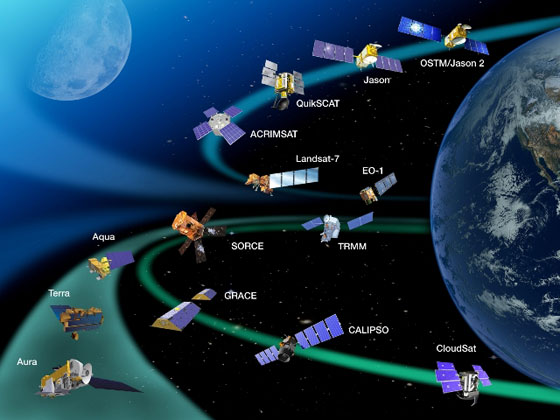CLIMATE CHANGES
INTRODUCTION
Throughout the history of Earth, the planet’s climate has varied. Over many millions of years, it has slowly changed. In the past, climate change as ice age was due to natural events. Today, it may be caused by people polluting the planet. The most significant climate change that can be observed nowadays is global warming. Global warming is the rise in the temperature of the Earth’s atmosphere, which causes changes in the world’s climate. Global temperatures have risen in the past 140 years at a much faster rate than at any other time in the past 1,000 years. Scientists predict that the Earth’s temperature could rise by up to 65 degrees Celsius by the year 2100. Global warming could have many different impacts on our planet, especially on sea levels, wildlife, extreme weather, coral reefs, and humans.
RISING SEA LEVELS
Regions with wet, snowy climates may get hotter and drier. Lakes and rivers may dry up, and there could be water shortages in some places. Sea levels will rise as the ice around the poles melt and ocean waters warm and expand. A rise in sea levels of just 1 meter would flood 6 per cent of the Netherlands.WILDLIFE
Some animals may become extinct as the climate changes. Many of the species at risk live on low-lying land near the sea or at the poles. Polar bears hunt seals on floating sea ice. As the ice disappears, so might the polar bears.EXTREME WEATHER
Global warming increases the risk of extreme weather. Hurricanes form over warm ocean waters, and tornadoes form over warm land, so global warming will bring an increase in both. Warmer oceans will also mean more water evaporates. This will lead to heavier monsoon rains and more floods as clouds release the extra water over land. Heat waves may happen more often, and, as forests get hotter and drier, there is also an increased risk of wildfires.CORAL REEFS
Coral reefs are home to one-quarter of all the marine animals in the world. They also shelter areas from storms. Coral reefs are built by colonies of tiny animals called coral polyps. As water temperatures rise, many reefs lose the algae that live inside the polyps. Without the algae, the polyps may die and the reefs may disappear.HUMAN IMPACT
Climate change will increase the number of droughts and make it harder to grow crops in some areas. There is also likely to be an increase in insect pests that thrive in warmer climates. Some insects, such as mosquitoes, spread disease. Large quantities of pesticides may need to be sprayed to kill off these insects.CONCLUSION
In 2007, United Nations scientists warned that to avoid climate change, carbon dioxide levels must not rise and should be reduced by about one third by 2100. The Kyoto treaty was negotiated in 1997 to cut the amount of carbon dioxide and other greenhouse gazes released into the atmosphere. One way to reduce the amount of carbon dioxide released into the atmosphere is to use renewable energy, such as wind and water power and solar panels.CREDITS
Gabriel (ICSA)
Pictures by NASA http://climate.nasa.gov/nasa_role

How NASA Technologies are helping with Climate Change